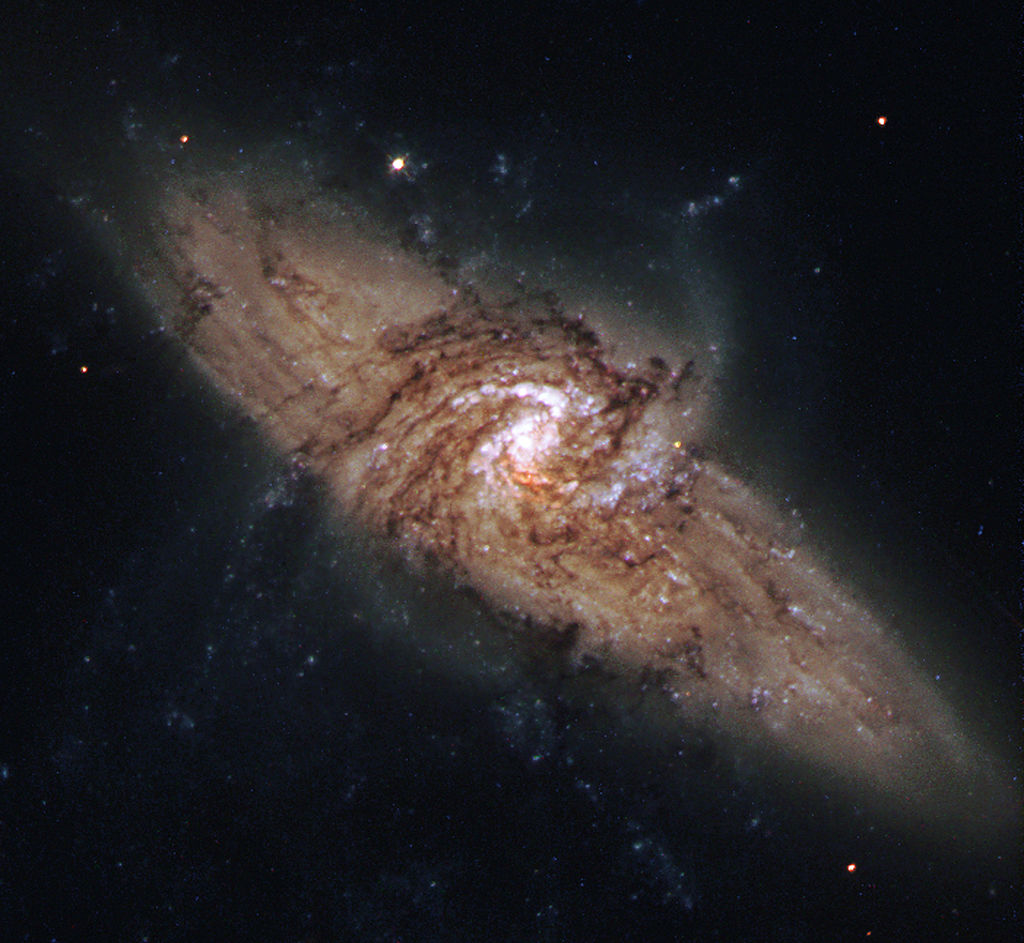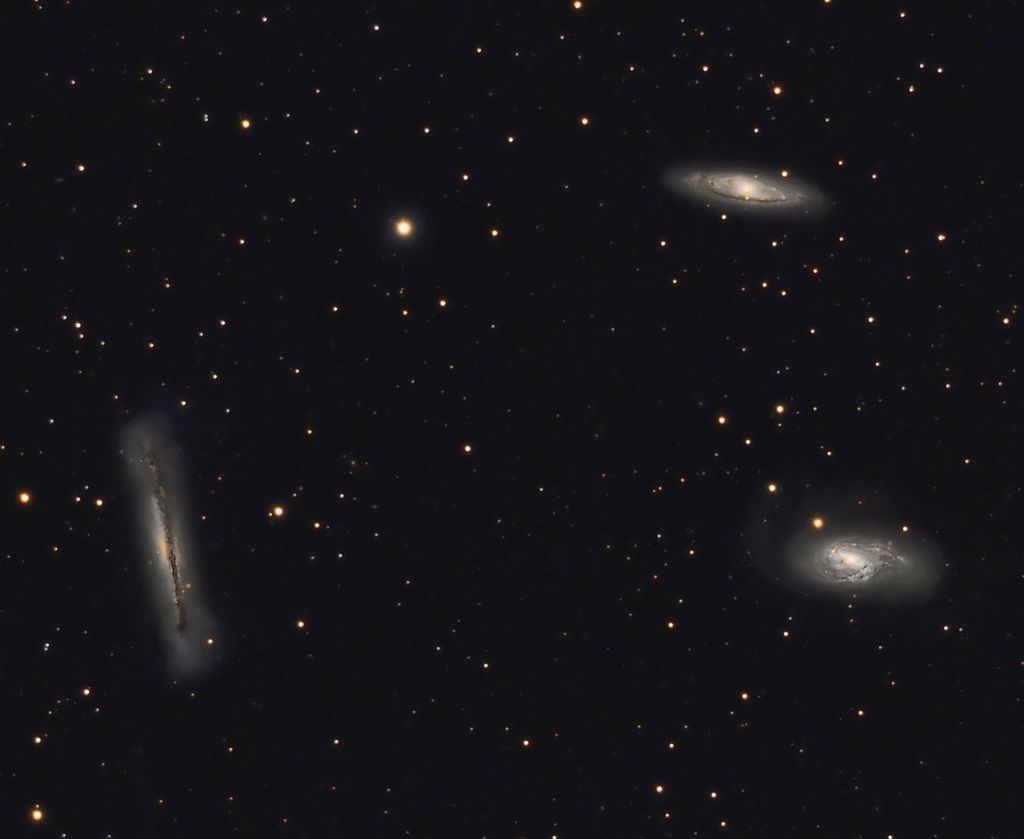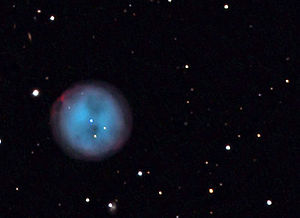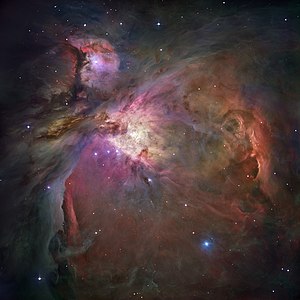Know in Depth
In this section you will be able to learn a little more in depth about the objects that we will see in the astronomical observation of the month. Choose the astronomical object you want:
Galaxia Espiral Hidra

The Hydra Cluster (Abell 1060) is a galaxy cluster containing 157 bright galaxies and can be seen from Earth, in the constellation Hydra. The group spans about 10 million light years and has an unusually high proportion of dark matter. The group is part of the Hydra-Centaur Supercluster located 158 million light years from Earth. The largest galaxies in the cluster are elliptical galaxies NGC 3309 and NGC 3311 and the spiral galaxy NGC 3312 all have a diameter of about 150,000 light years. Despite an almost circular appearance in the sky, there is no evidence in galaxy velocities for a lumpy, three-dimensional distribution.
Galaxia Espiral de Leo

The Leo Triplet (also known as Group M66) is a small group of galaxies about 35 million light years distant [5] in the constellation of Leo. This group of galaxies is made up of the spiral galaxies M65, M66 and NGC 3628.
Nebulosa Búho de la Osa Mayor

The Owl Nebula (also known as Messier 97 or NGC 3587) is a planetary nebula located in the constellation Ursa Major. It was discovered by Pierre Méchain in 1781. The name Owl Nebula was coined by Lord Rosse, who first used it in 1848. In 1866, William Huggins recognized its nature as a gaseous nebula from the observation of its spectrum.1 It is located at an uncertain distance of 2,600 light years from Earth.
The nebula measures approximately 37.0 ‘x 19.0’ and is approximately 1,500 light years distant from Earth. [2] The proper motion of the central star is believed to date back to the Orion Belt area. [2] The nebula is about 5 light years across.
Galaxia Espiral de Sextans

NGC 3169 is a spiral galaxy about 75 million light years distant [3] in the constellation Sextans. It has the morphological classification SA (s) to pec, [5] which indicates that it is a pure spiral galaxy, not barred, with tightly coiled arms and peculiar characteristics. [6] There is an asymmetric spiral arm and an extended halo around the galaxy. [7]

